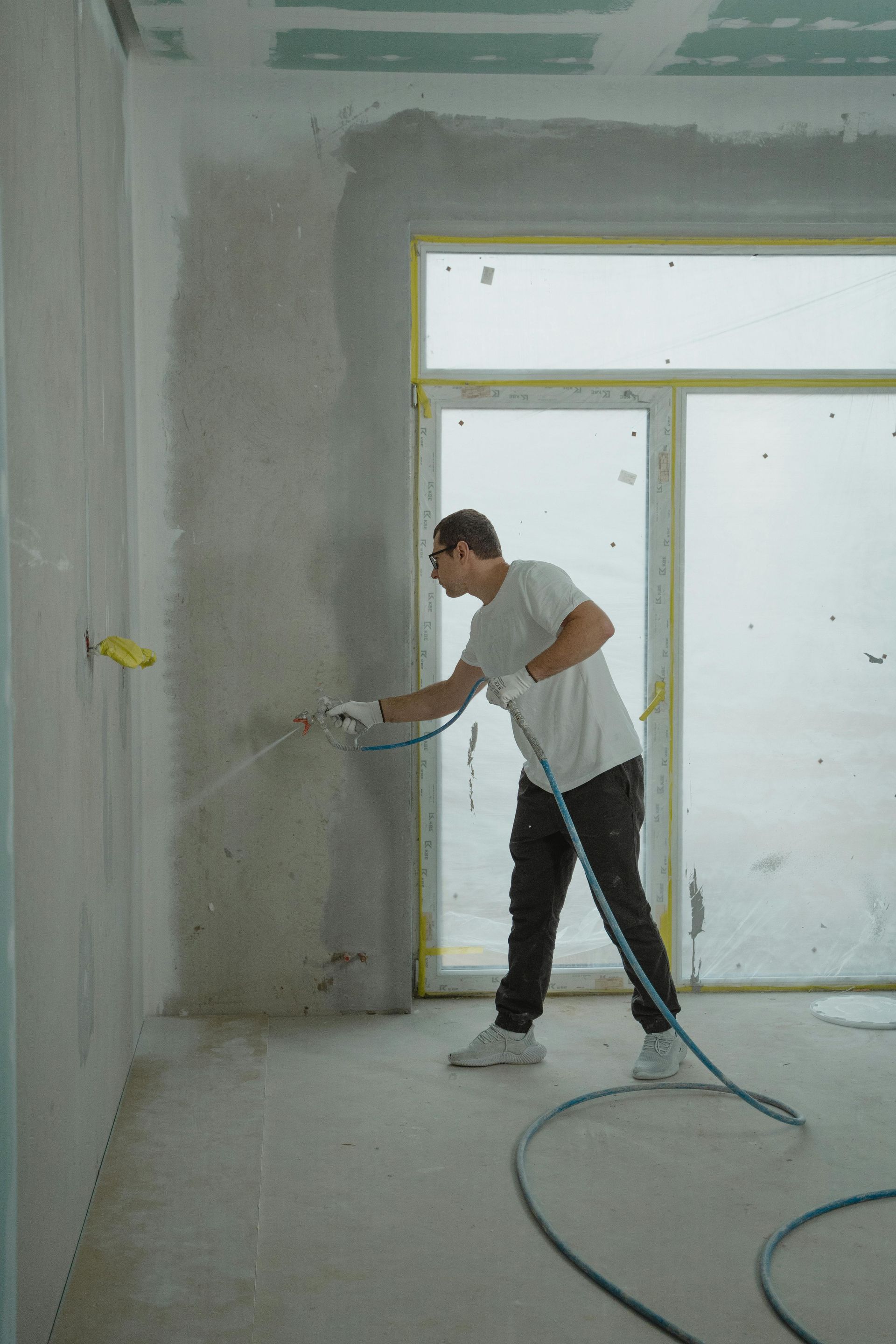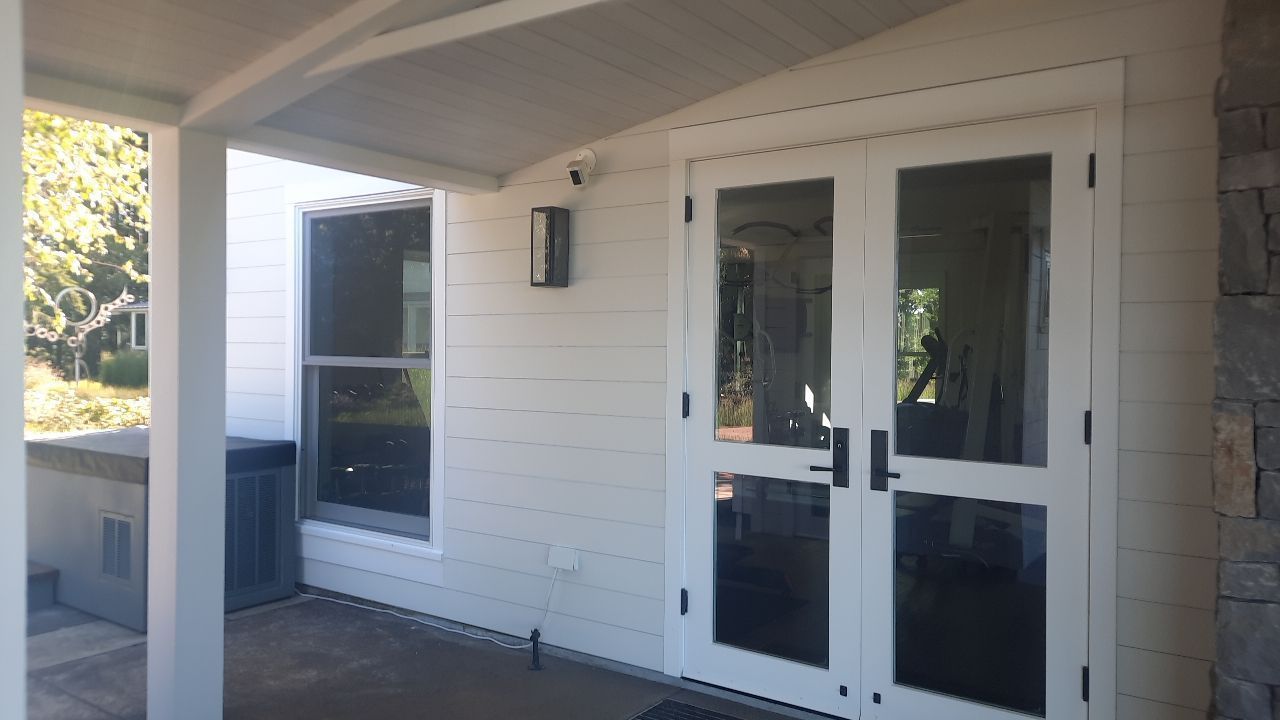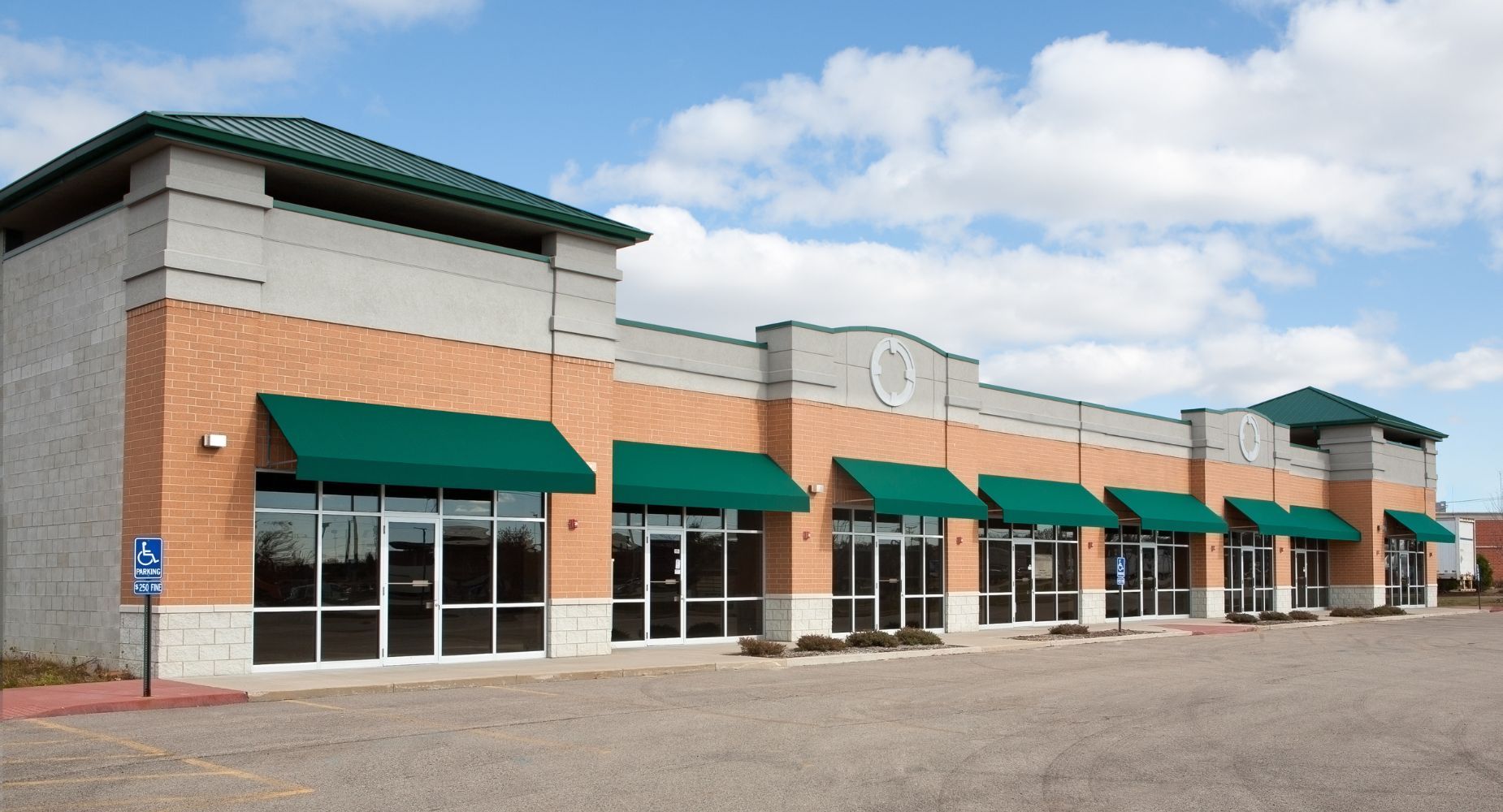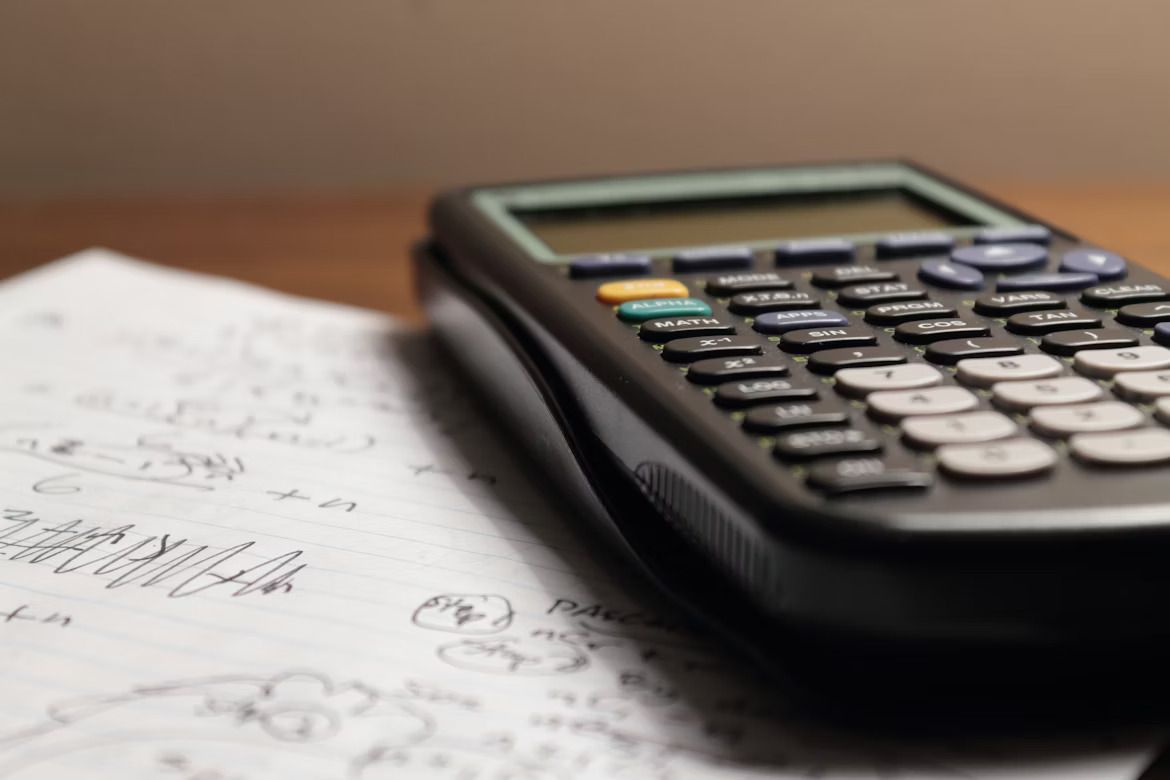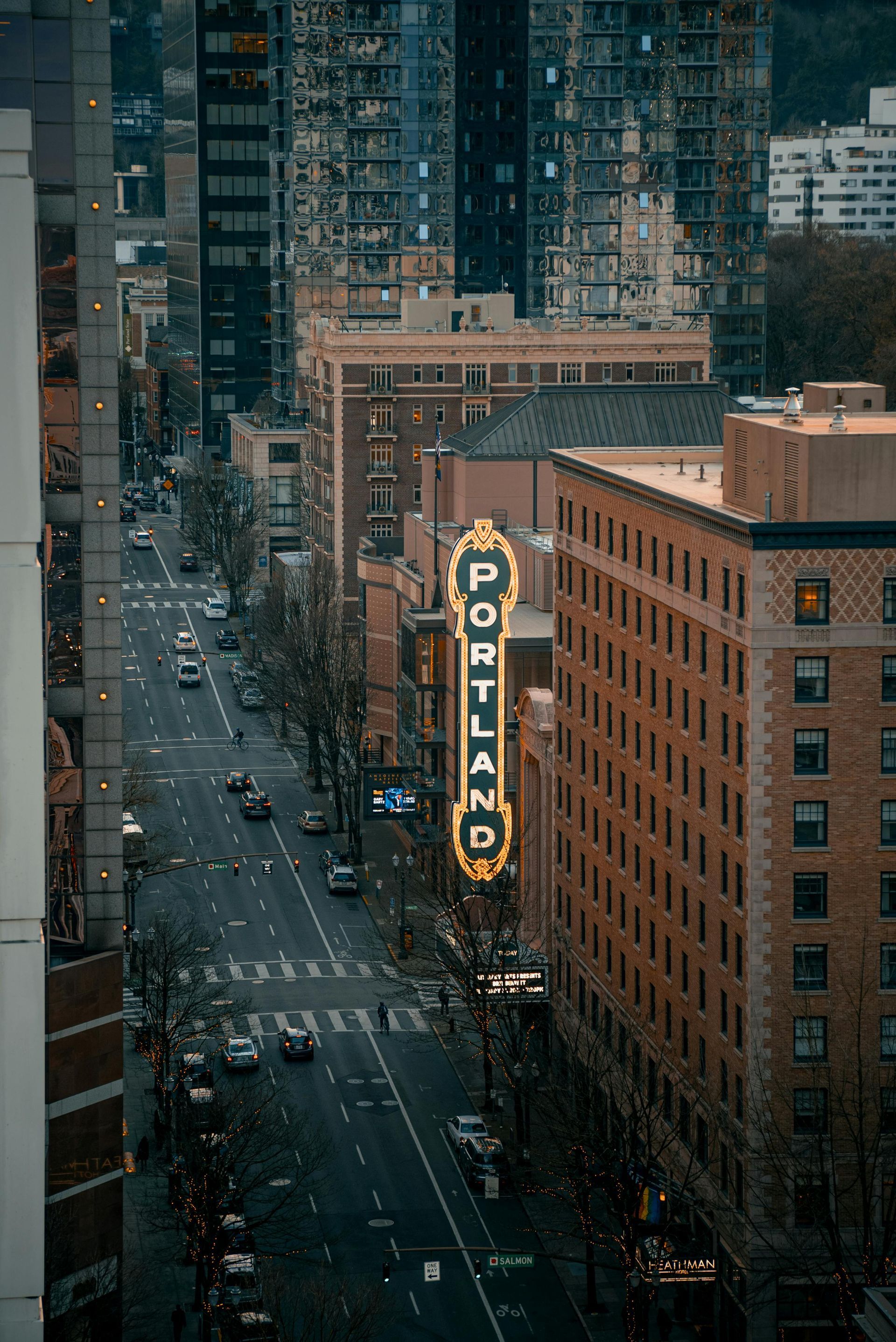What Temperature for Exterior Painting Is Best? A Professional Guide for Oregon Homeowners
Getting the temperature right for your exterior painting project isn't just important–it's absolutely critical to your success. We've all heard the horror stories: paint that peels off like sunburned skin after a weekend at the coast, or finishes that never quite cure properly, leaving you with a tacky mess that attracts every leaf, bug, and piece of debris within a five-mile radius. At Brookfield Painting, we know what temperature for exterior painting is best, and we’re ready to share that knowledge with you.
Understanding the Temperature Sweet Spot for Exterior Painting

The ideal temperature range for exterior painting typically falls between 50°F and 85°F, though this can vary depending on the type of paint and specific conditions. Most paint manufacturers recommend avoiding temperatures below 50°F or above 90°F, as extreme conditions can compromise paint adhesion, drying time, and overall finish.
It’s vital to understand that paint chemistry is surprisingly finicky. Too hot, and everything happens too fast, causing problems with texture and consistency. Too cold, and the chemical reactions slow down or stop entirely, leaving you with an undercooked result that won't hold up over time.
Oregon's Climate Considerations for Exterior Painting

Living in the Pacific Northwest means dealing with unique weather patterns that affect exterior painting conditions. Our mild, wet winters and warm, dry summers create distinct painting seasons that DIY-savvy homeowners learn to navigate. Let's break down what temperature for exterior painting is best by examining each season.
Spring (March-May)
Spring often provides excellent painting conditions, with temperatures climbing into the ideal range and lower humidity levels. However, we always monitor for late-season rain that could interrupt projects.
Summer (June-September)
Summer typically offers the most consistent painting weather conditions. During these months, morning temperatures might start cool but quickly warm, reaching perfect painting conditions.
Fall (October-November)
Fall can offer surprisingly good conditions, especially for areas like Sherwood and Wilsonville, where temperatures remain moderate longer than in higher elevation areas.
Winter (December-February)
Winter generally requires patience, though mild days occasionally provide opportunities for small touch-up projects in protected areas.
Pre-Painting Temperature Checklist

Before starting your exterior painting project, use this checklist to ensure that conditions are optimal:
- Check if the air temperature will remain between 50°F and 85°F for the entire application and initial drying period.
- Verify that the surface temperature isn't too hot to touch (avoid painting when surfaces exceed 90°F).
- Check the weather forecast. There should be no rain for at least 4 to 6 hours after application.
- Monitor humidity levels–ideally below 70%.
- Consider wind conditions that might affect spray application.
Timing your painting schedule around daily temperature patterns can significantly improve your results.
| Time of Day | Temperature Considerations | Best For |
|---|---|---|
| Early Morning | Cooler temps, possible dew | Preparation work |
| Mid-Morning | Warming up, dew evaporating | Ideal painting start |
| Afternoon | Peak temperatures | Avoid if over 85°F |
| Evening | Cooling down | Good for finishing touches |
Common Temperature-Related Painting Problems

Understanding what temperature for exterior painting is best helps you avoid these common issues:
Cold Weather Challenges
When temperatures drop below recommended ranges, paint may not cure properly, leading to poor adhesion, longer drying times, and potential peeling or cracking down the road.
Hot Weather Difficulties
Excessive heat causes paint to dry too quickly, potentially resulting in brush marks, lap marks, and reduced coverage. Summer afternoon temperatures can easily exceed ideal painting conditions.
Temperature Fluctuation Issues
Dramatic temperature swings from day to night can stress paint films during the crucial curing period. This is particularly problematic in rural locations where temperature variations are greater.
Professional Tips for Temperature Management
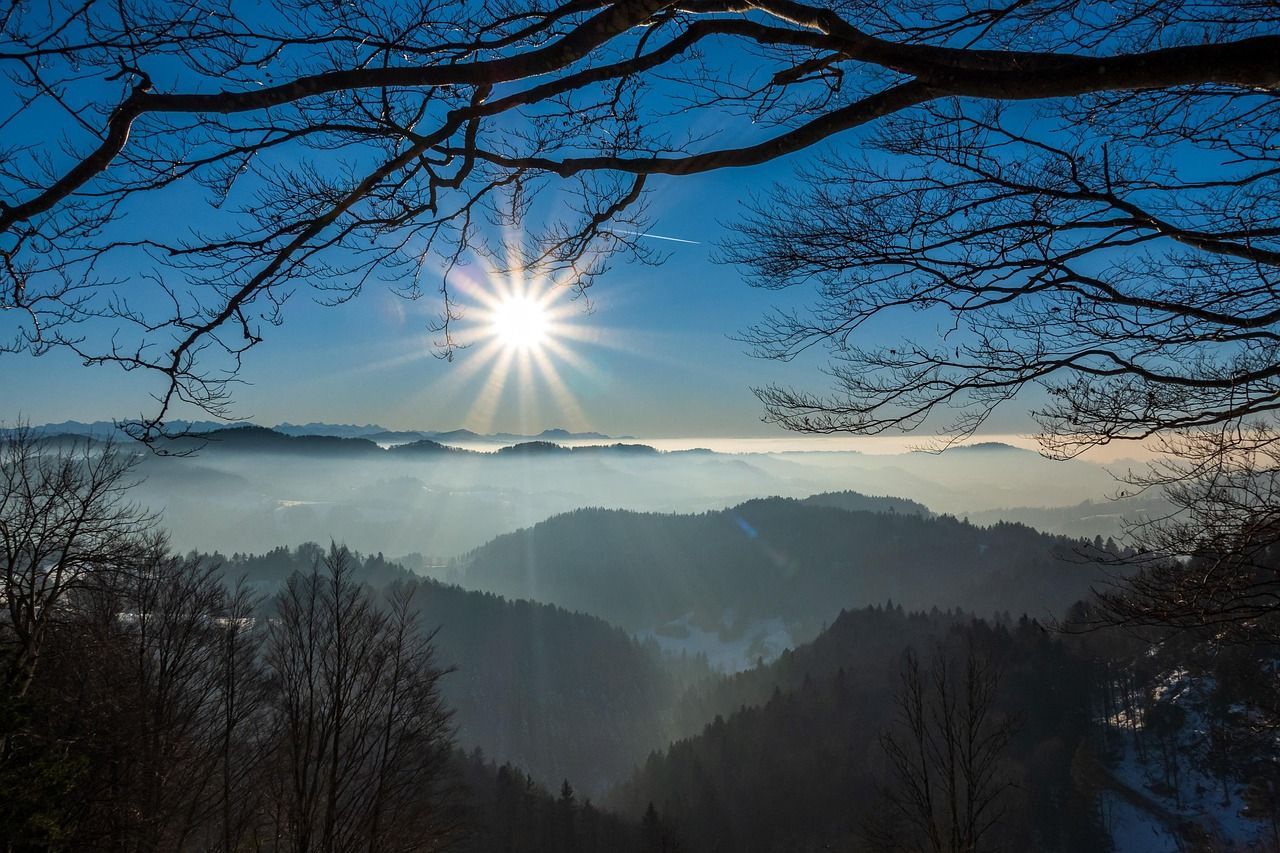
As experienced painters serving the greater Portland area, we've learned several strategies for managing temperature challenges:
Strategic Timing and Planning
We often complete power washing, scraping, and priming during cooler morning hours, then begin painting once conditions become optimal. Our exterior cleaning and staining services are scheduled during shoulder seasons when temperatures are moderate but consistent.
Micro-Climate Awareness
Different sides of buildings experience varying conditions throughout the day. North-facing walls might stay cooler longer, while south-facing surfaces heat up quickly, requiring adjustments in timing.
Brookfield Painting: Your Reliable Partner for Exterior Painting

Whether you're planning a residential refresh or a commercial update, striving for the best painting weather conditions can mean the difference between a paint job that lasts years versus one that requires premature touch-ups. The ideal range of 50°F-85°F, combined with proper humidity and weather conditions, ensures your investment delivers beautiful, long-lasting results.
Brookfield Painting has been navigating Oregon's unique climate challenges for years. Our
interior and
exterior painting services are scheduled with careful attention to weather conditions, ensuring every project meets our high standards.
Contact Brookfield Painting today for a free, no-obligation quote.
